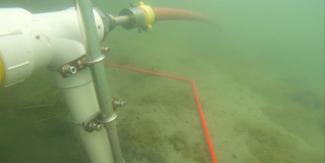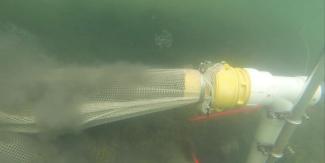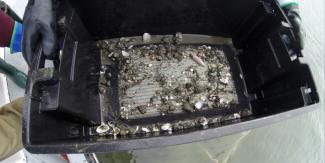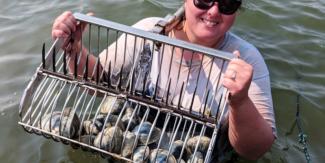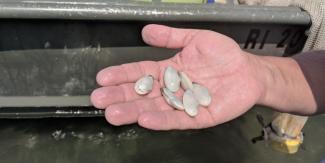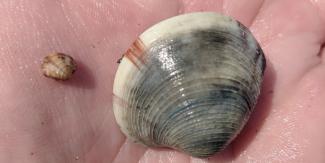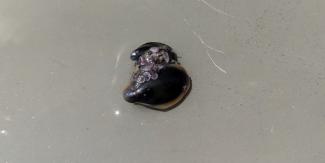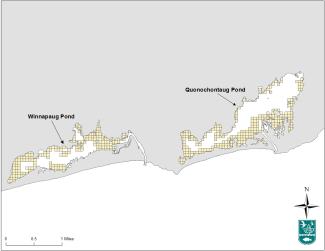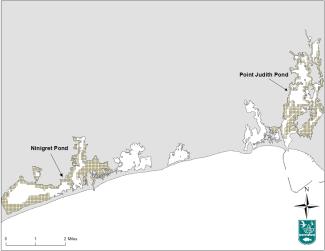Coastal Pond Shellfish
Background
From 2014-2016, DMF partnered with the URI Department of Marine Affairs on a RI Sea Grant funded project to assess human uses in the coastal ponds, which included a survey of shellfish densities and recreational harvest pressure. The shellfish portion had two main objectives: 1) to evaluate whether recreational shellfishing activity is correlated to shellfish density and 2) to determine the importance of other factors that affect recreational shellfishing activity (such as public access, parking availability, substrate type, depth, etc.). The data collected by this project showed potential for DMF to expand the objectives of this survey to more broadly assess the level of shellfish resources present in RI’s coastal ponds, and the survey was maintained in 2018 to continue the assessment of shellfish distributions and density. This survey has continued into 2019 with a much wider selection of sampling stations as well as the inclusion of Winnipaug Pond.
Survey Design
The Coastal Pond Shellfish Survey samples between 12 and 24 stations per month in four coastal ponds: Point Judith, Ninigret, Quonochontaug, and Winnipaug. Stations are randomly drawn in each pond for each month.
Survey Gear
A T-shaped PVC suction sampler and water pump are used to sample shellfish within a 1m square quadrat. A 5m transect and bull rake are also used.
Sampling Methods
Stations are randomly drawn for each month of the survey. The quadrat is laid haphazardly within the station grid box. The suction sampler is attached to the water pump via a fire hose, and a collection bag with ¼ inch mesh attached to the opposite side of the sampler. The lateral flow of water through the PVC T creates a vacuum and allows sediment to be drawn into the collection bag. All shellfish from the quadrat to ~0.5m depth of sediment are collected. A 5m bull rake transect placed within the station grid box is also completed. Shellfish are sorted, measured, and counted and presence of other invertebrates noted. Physical measurements such as weather conditions, water temperature, salinity, dissolved oxygen, and tidal stage are recorded at each station. All organisms are released immediately after being measured.
Sampling Frequency
Sampling is conducted in all four ponds monthly from May through October each year.
Sampling Locations:
For more information about the survey please contact Katie Rodrigue

